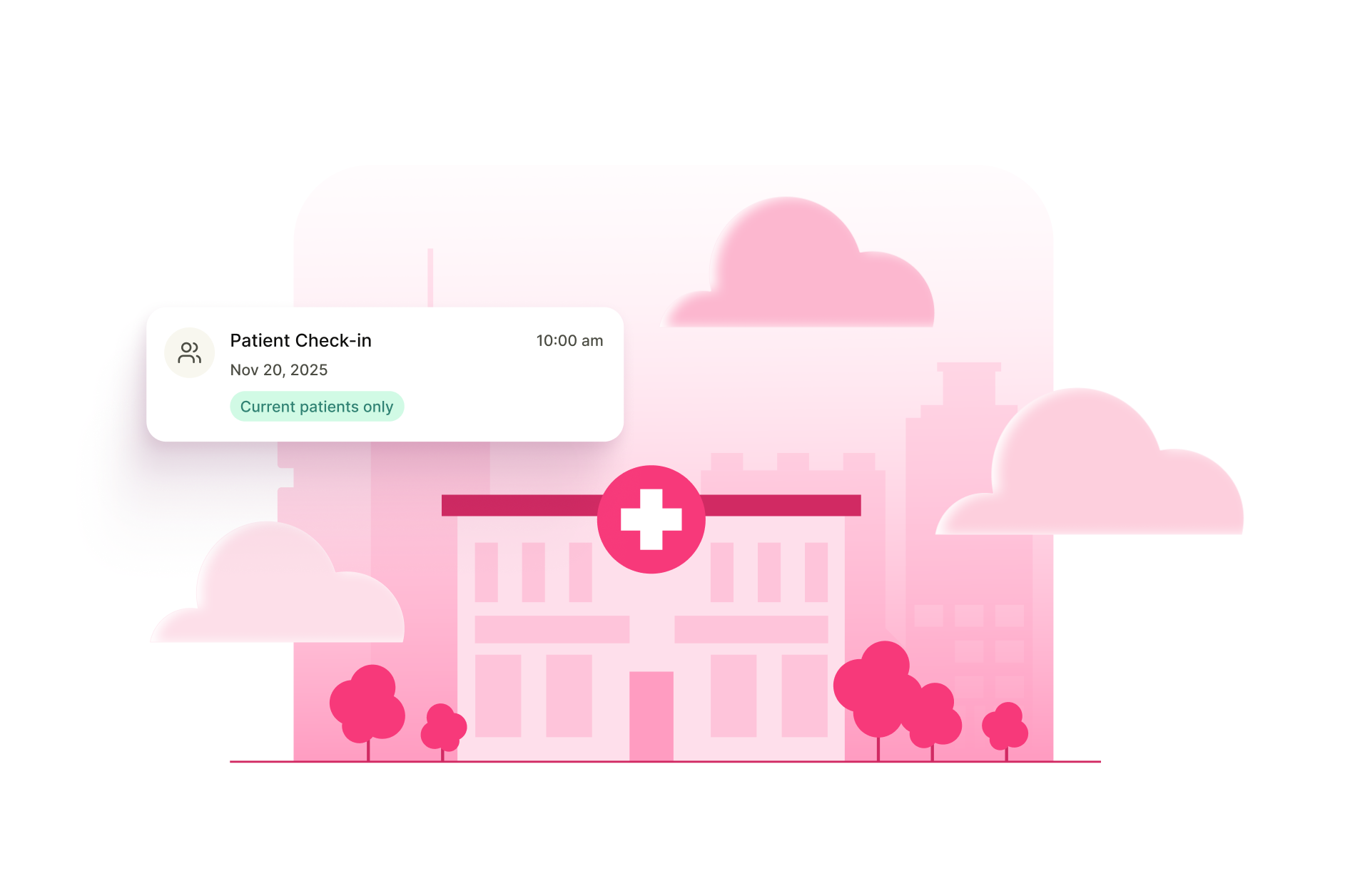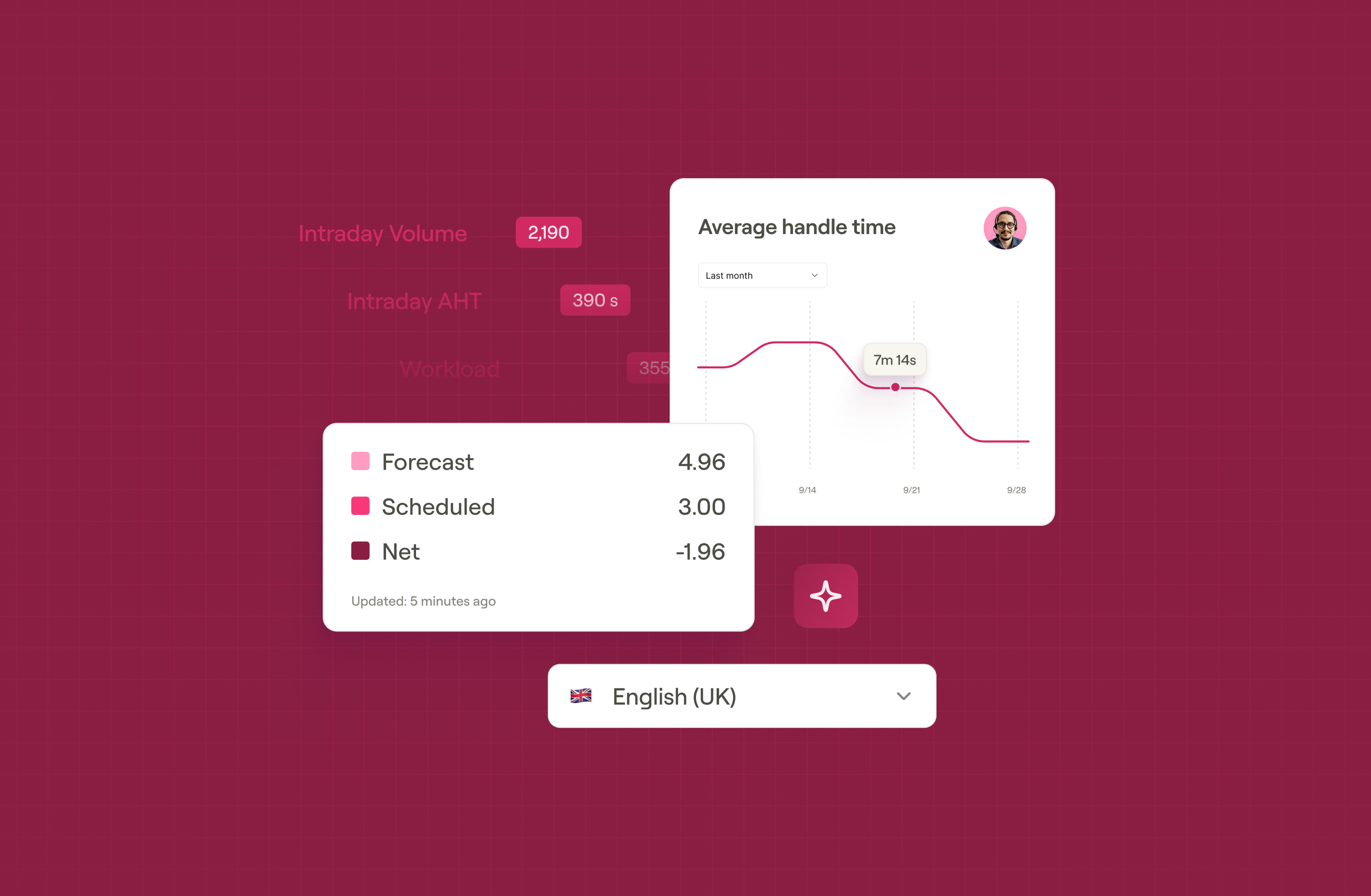In white collar jobs, AI use has more than doubled in the past two years. According to Gallup, frequent AI use in the workplace—meaning a few times a week or more—has increased from 11% to 19% during this period. These statistics are expected to rise as AI becomes pivotal for teams streamlining work processes and improving efficiency.
With this adoption of AI across many workforces, there has been a mixture of excitement and apprehension, with some organizations struggling to balance practical applications of AI tools. As AI becomes both a hot topic and transformative force in many business sectors, leaders often feel uncertain about the best ways to integrate it into everyday operations.
In this blog, we'll explore the ways AI can be approached as a practical tool rather than an intimidating, revolutionary force in the workplace.
1. Understand AI as a tool, not as a replacement
For workplace leaders, it's important to be clear with employees—AI is not going to replace their jobs. Several businesses like Klarna temporarily took an AI-first approach, replacing many employees with automated solutions. Klarna actually found that this approach led to lower quality customer experiences, with data from IBM supporting that only 1 in 4 AI initiatives actually deliver on promised ROI over a project's lifespan.
If your workplace values both employee experiences and customer experiences, prioritize augmentation over replacement when implementing AI. Here are a few key points as you consider an approach:
- Align AI with your core business values and goals
- Directly address fears and concerns with your team
- Approach AI as you would any other workplace tool
- Think of AI as a productivity enhancer, not a complete process replacement
Businesses must think of ways that AI can serve their business needs and to what extent these solutions need to be used. For some organizations, this may be extensively throughout work processes; for others, it may just be to save time on a handful of large projects.
“It saves me a little bit of time. I think that's the best use case for AI, to have it as a tool that makes your life more efficient. ” - Emily Heavner, Research Product Manager @ Aspect, Episode 10 of the Futureworks podcast
2. Create effective data infrastructures
Having clean, consistent data flows is the foundation of an effective AI implementation in the workplace. Accurate and continuous data inputs help AI performance improve over time, creating better outputs to save you time and meet business goals.
Here are a few tips to build a strong infrastructure for your AI system:
- Commit to regular data audits: Schedule reviews of your data to identify inconsistencies and outdated information, ensuring your AI system learns from accurate information.
- Establish secure data governance: Create standardized policies to ensure safe, compliant collection, storage, and management of data, maintaining consistency across your organization.
- Create a feedback system: Develop processes for users to report inaccurate AI outputs, allowing your business to detect data quality issues and improve outputs over time.
Read more: How ethical AI and data ethics impact employee experience.
3. Explore low-risk entry points for AI adoption
If implementing AI into important workflows seems intimidating, you're not alone. Prioritize simple use cases to start AI exploration for your business. This can include low-risk options like research assistance or problem solving.
When vetting AI vendors, ask about low-risk ways to utilize their tools during initial exploration. Ask about trial options for your team to experiment with new solutions. If there aren't trial options, encourage your team to experiment with free, publicly available AI tools to build comfort and confidence during low-stakes processes.
4. Build AI literacy across your team
Along with communicating AI strategy with your team, it's important to create methods to educate and encourage employees to use AI tools. Consider the following strategies when building AI literacy among your team:
- Communicate clearly about how AI can benefit them. AI shouldn't be positioned as a way to only benefit your business; it should benefit your employees as well by making their workdays easier.
- Create opportunities for hands-on learning. This can include hosting training sessions that give employees learning experiences in low-stakes situations.
- Educate employees about best practices. Build educational tools that inform employees about AI features, capabilities, and limitations, as well as communicating any established AI policy at your organization.
“If you are really hopeful to transform how your teams use AI, if you really want them to experiment and learn it and really profit from it, then we have to make sure that we know what's in it for them. Have we explained to them why we're doing this and that this is or isn't a threat to their job? Because otherwise, are we just asking them to do work that might just be a threat to themselves?” - Joel MacCharles, Founder @ Polaris Reach
Read more: Transforming work in the AI era: A two-part executive conversation (Part 1)
5. Integrate AI into existing workflows
Early practical applications of AI in the workplace don't have to start with overhauling current processes or building new ones. One way to achieve quick wins is to identify existing processes that could benefit from AI assistance. This could be relatively simple tasks like document organization and research assistance.
If your organization decides to fully adopt an AI tool into more complex work processes, consider a phased adoption approach by starting with specific business units or teams and gradually expanding to include the rest of the business. This can minimize disruption across your organization.
As you integrate AI into existing workflows be sure to:
- Measure impacts. Gather benchmark data for your work efficiency and compare outcomes after implementing AI solutions.
- Consistently adapt. Observe what's working and what's not, offering teams feedback opportunities to smooth out the process, especially with a phased rollout.
6. Create a human-AI partnership
Think of AI tools as a partner in the workplace. Technology should amplify human potential, not replace it. As you adopt solutions into the workplace, frame AI tools as a partner available for collaboration to improve human experiences.
Some key considerations include:
- Make sure AI usage aligns with your core business values
- Emphasize the separate strengths of human employees and AI systems
- Maintain human oversight during work processes
While it may sound like science fiction, human-AI partnerships are where true business success thrives. As AI evolves, workplace processes can adapt to ensure better experiences for both employees and customers.
So, what’s next?
As you consider ways to make AI accessible in your workplace, it can be helpful to think small and scale with intention. Implementing new solutions can be overwhelming, especially in workplaces like enterprise-scale contact centers where educating and training agents can require extensive resources.
Learn more about ways to amplify human potential by downloading one of our latest reports: Amplifying human potential with AI.









